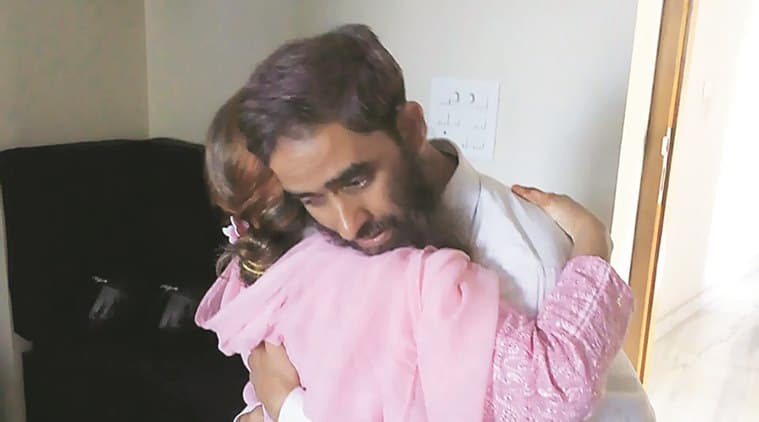This week marks a new increase in the persecution of the Rohingya Muslims of Myanmar. The official narrative is that the Rohingya are “burning their own homes to attract soldiers, rushing them with knives when they arrive, which leads to the soldiers shooting at them”. Blame is shifted to what the government calls “radical extremist ideologies”, giving the government its excuse to purge Muslim villages.
With Human Rights Watch reporting over 400 buildings burnt down in the region where the army’s purge is ongoing, the illogicality of the governments narrative, the existence of over 140,000 Rohingya internally displaced and refugees, and the other plethora of evidence of the persecution of the Muslims, including video evidence, the truth is well known to us.
The hatred is clear when even government officials openly disparage Rohingya, one arguing against the accusations of soldiers raping Muslim women, by laughing whilst insisting Rohingya women are too “dirty” to arouse the soldiers.
Worse still is that the Rohingya cannot even seek help from other Muslims. Only this last Tuesday 86 Rohingya, including 40 women and 25 children were pushed back as they tried to cross the border into Bangladesh.
We ask Allah to ease their situation, and for forgiveness for us having not aided them as we ought to.
The two articles below capture – in visual detail – the scale and sheer horror of violence that has been unleashed.

A satellite image from Nov. 10 shows a Muslim village burned down in an arson spree allegedly committed by Myanmar’s army. According to Human Rights Watch, at least 400 buildings in the region have been destroyed, between October 22 and November 10. Credit: Human Rights Watch
This Muslim purge in Myanmar is so awful you can see it from space
If Myanmar’s notorious army is to be believed — that’s a very big if — its soldiers are facing a highly deranged adversary.
Along Myanmar’s marshy coastline, villages keep going up in flames. All of them belong to the Rohingya, a horribly persecuted Muslim group. The arsonists? Muslims themselves, according to the army.
The Rohingya, we are told, are burning their own homes to attract well-armed government platoons — and then sprinting at them with knives, berserker style, so that they can get mowed down by the dozens.
This narrative defies logic. But it’s hard to challenge directly — and that’s how the army likes it.
Myanmar’s military has turned much of the Rohingya’s homeland into a no-go zone for aid workers and non-compliant journalists. It has become, in the words of one expert, an “information black hole.”
Relieved of prying eyes, the military is aggressively purging Muslim villages that have been infiltrated by an “extremist violent ideology.”
These raids began shortly after the October emergence of a poorly armed Rohingya militant group numbering in the hundreds. According to government reports, a series of clashes have killed about 17 officers and more than 65 militants.
The military is now in a highly advantageous position. It brings superior firepower — columns of troops and attack choppers — to combat a ragtag group that is mostly armed with “small guns, swords, spears and sticks.”
Furthermore, Myanmar’s predominately Buddhist citizens appear to broadly support the army’s purges. In one of Asia’s most ethnically diverse nations, no group is as denigrated as the Rohingya.
Even fresh claims of soldiers gang-raping Rohingya women at gunpoint have stirred little domestic outcry. One official, speaking to the BBC, has refuted the claims by insisting Rohingya women are too “dirty” to arouse troops.
The army is operating in a void, free of critical onlookers who might defy the official narrative. However, technology offers a few ways to illuminate the facts.
Using satellite images, Human Rights Watch has monitored the remote region where the army’s purge is ongoing. Their findings: a widespread torching of villages that has incinerated at least 400 buildings.
“These satellite images of village destruction could be the tip of the iceberg given the grave abuses being reported,” said Phil Robertson, deputy Asia director with Human Rights Watch.
In addition to cameras orbiting the Earth, mobile phone cameras are also helping to reveal Rohingya suffering. Shaky footage, allegedly capturing the aftermath of air strikes, appears to show the corpses of children sprawled out on the grass.
The exact nature of these videos is hard to verify. But they suggest the Rohingya death toll is not limited to wild-eyed terrorists rushing suicidally at soldiers.
The plight of the Rohingya, already among the world’s most tormented groups, appears to grow increasingly dire.
About 10 percent of the population of approximately 1 million already lives in bleak internment camps controlled by the army. Food and medicine is scarce. Travel outside is restricted. Hunger is rampant.
As for the nation’s much-celebrated pro-democracy crowd that swirls around Myanmar’s iconic, de facto leader, Aung San Suu Kyi? They have seemed largely dismissive of Rohingya woes for years.
The emergence of inept militants, vowing to liberate their Rohingya people, has only legitimized the public’s distrust of Muslims. But there are signs that their tragedy could worsen from here.
Myanmar’s government now plans to arm and train an all-Buddhist militia in the same state the Rohingya inhabit. This new armed wing would be composed of ethnic Arakanese, Buddhists who are also native to the area.
One international monitoring group, the International Commission of Jurists, has called this a “recipe for disaster.” But the plan is favored by one of the loudest anti-Rohingya organizations, the Arakan National Party, which favors “inhuman acts” to rid their homeland of Muslims.
Last week, as the army stormed Muslim villages, the group found time to congratulate Donald Trump for winning the US presidential election.
“Being engulfed in Islamization and illegal immigration problems,” the party wrote, “we the Arakanese people look up to you as a new world leader who will change the rigged system being infested with jihadi infiltrators.”
Rohingya Muslims flee Myanmar crackdown to Bangladesh
Scores of Rohingya Muslims are fleeing to Bangladesh because of a military crackdown in western Myanmar, according to residents and Bangladeshi army officials.
Some of the Rohingya were shot as they tried to cross the Naaf River that separates Myanmar and Bangladesh, while others arriving by boat were pushed away by Bangladeshi border guards, residents quoted by Reuters news agency said on Wednesday.
A total of 130 people have been killed in the latest surge of violence in the country, according to the Myanmar army.
The bloodshed is the most serious since hundreds were killed in communal clashes in the western Myanmar state of Rakhine in 2012.
It has exposed a lack of oversight of the military by the seven-month-old administration of Nobel Peace Prize winner Aung San Suu Kyi.
Myanmar soldiers have poured into the area along Myanmar’s frontier with Bangladesh, responding to coordinated attacks on three border posts on October 9 that killed nine police officers.
They have locked down the district, where the vast majority of residents are Rohingya, shutting out aid workers and independent observers.
The army has intensified its operation in the past seven days and has used helicopters, with dozens of people reported killed.
Aid workers, camp residents and authorities in Bangladesh estimated that at least 500 Rohingya had fled Myanmar since the October attacks.
Bangladeshi border guards pushed back a large group of Rohingya trying to cross on Tuesday.
“Early Tuesday, 86 Rohingya including 40 women and 25 children were pushed back by the BGB [Border Guard Bangladesh] from the Teknaf border point,” said Lieutenant-Colonel Anwarul Azim, commanding officer of the Cox’s Bazar sector in eastern Bangladesh.
Reuters sources said that the Rohingya group was unlikely to have gone back to the villages in Myanmar and might be stranded at sea.
Rohingya community leaders confirmed to AFP news agency on Tuesday that about 200 Rohingya Muslims were stranded at the Bangladesh border.
The United Nations has labelled the Rohingya as one of the world’s most persecuted people.
They are branded as illegal immigrants from Bangladesh by Myanmar’s majority Buddhist population despite their long roots in the country, where they face apartheid-like restrictions on movement and are denied citizenship.
But the Bangladeshi government also refuses to register the hundreds of thousands of Rohingya refugees living on its side of the border.
![]()
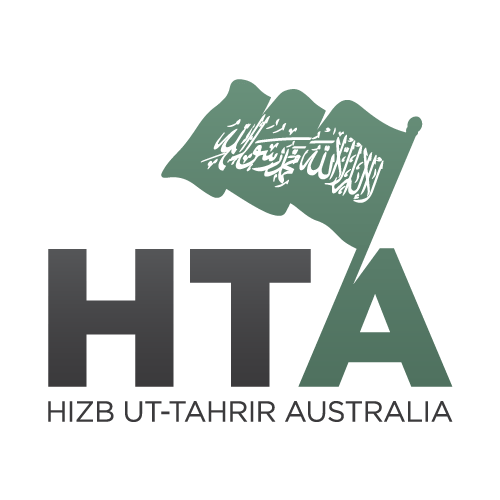
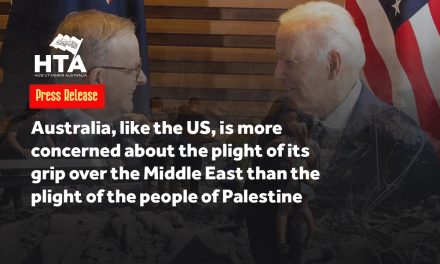
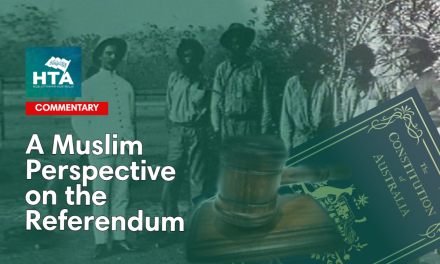
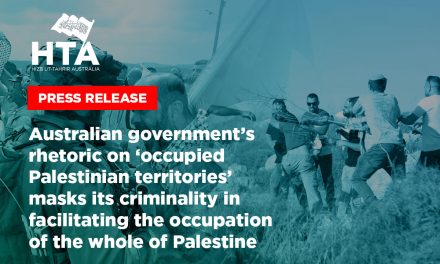
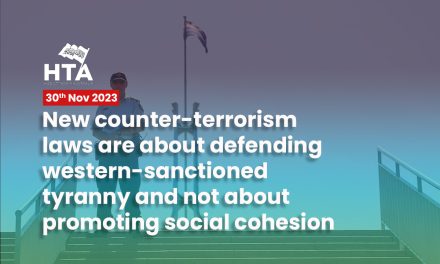

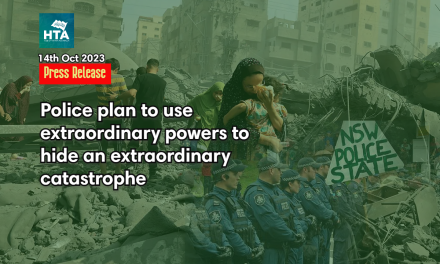
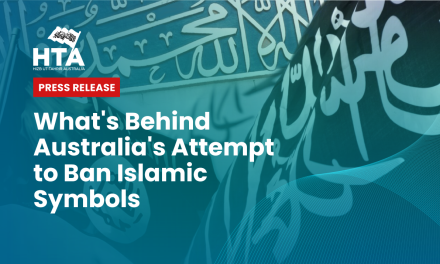
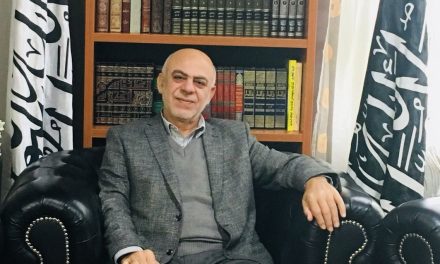
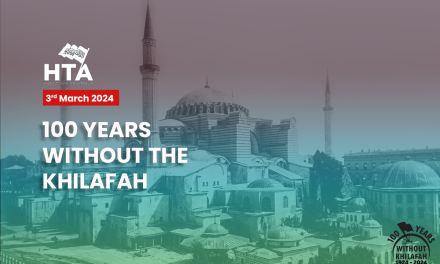
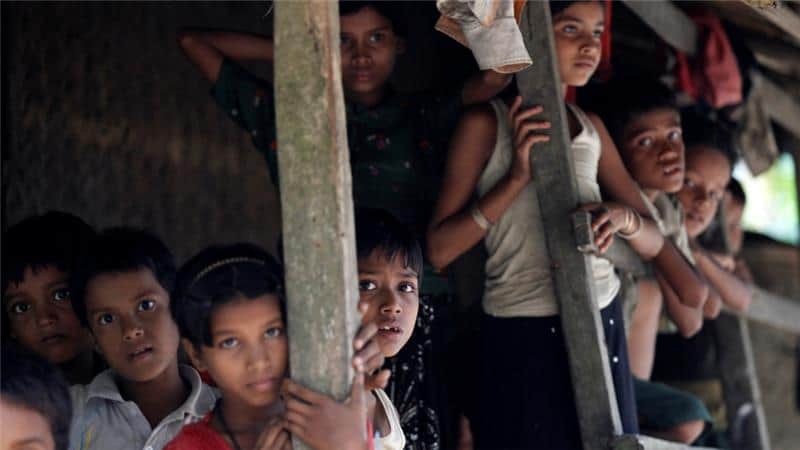
![Community Protest – Massacre in Myanmar | Sydney Australia [Pics + Video]](https://www.hizb-australia.org/wp-content/uploads/2017/09/IMG_20170917_121633.jpg)
